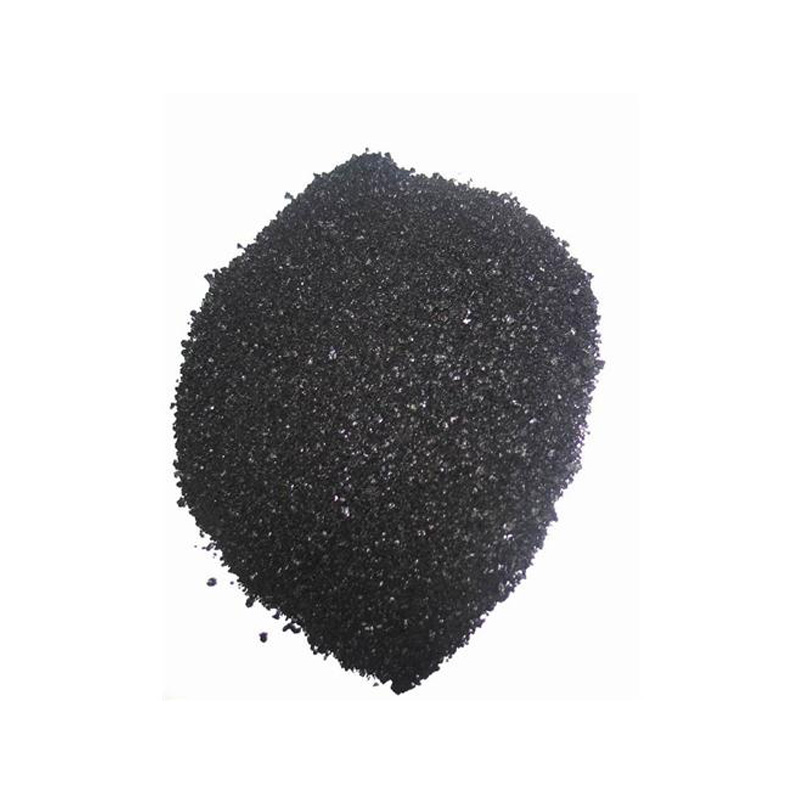indigo dye source
Indigo dye is one of the oldest known colorants used throughout history, esteemed for its deep blue hue and symbolic significance in various cultures. Its source can be traced back to plants, primarily the indigofera species, which are native to tropical and subtropical regions around the world.
.
Historically, indigo dye has held immense cultural significance. In ancient Egypt, it was used to color textiles and mummy wrappings, while in India, it was regarded as a sacred color, often associated with spiritual and religious practices. The indigo trade, particularly during the colonial period, became a significant economic driver in places like the American South and the Caribbean, where plantations were established to meet the growing European demand for blue-dyed cotton.
indigo dye source

Moreover, the use of indigo dye extends beyond textiles. It has been employed in traditional paintings, cosmetics, and even medicinal applications. Despite the advent of synthetic dyes in the 19th century, which offered a more cost-effective and consistent alternative, natural indigo has witnessed a resurgence in popularity. Artisan dyers, seeking to revive traditional techniques and sustainable practices, are increasingly turning back to this timeless dye source.
Today, the revival of indigo dyeing can be seen in the work of contemporary textile artists and ethical fashion brands. This movement emphasizes environmental sustainability, as the cultivation of indigo plants often requires fewer chemicals compared to synthetic alternatives. As awareness of sustainable practices grows, indigo dye continues to captivate the imagination and inspire creativity, bridging the gap between ancient traditions and modern aesthetics.
-
The Timeless Art of Denim Indigo Dye
NewsJul.01,2025
-
The Rise of Sulfur Dyed Denim
NewsJul.01,2025
-
The Rich Revival of the Best Indigo Dye
NewsJul.01,2025
-
The Enduring Strength of Sulphur Black
NewsJul.01,2025
-
The Ancient Art of Chinese Indigo Dye
NewsJul.01,2025
-
Industry Power of Indigo
NewsJul.01,2025
-
Black Sulfur is Leading the Next Wave
NewsJul.01,2025

Sulphur Black
1.Name: sulphur black; Sulfur Black; Sulphur Black 1;
2.Structure formula:
3.Molecule formula: C6H4N2O5
4.CAS No.: 1326-82-5
5.HS code: 32041911
6.Product specification:Appearance:black phosphorus flakes; black liquid

Bromo Indigo; Vat Bromo-Indigo; C.I.Vat Blue 5
1.Name: Bromo indigo; Vat bromo-indigo; C.I.Vat blue 5;
2.Structure formula:
3.Molecule formula: C16H6Br4N2O2
4.CAS No.: 2475-31-2
5.HS code: 3204151000 6.Major usage and instruction: Be mainly used to dye cotton fabrics.

Indigo Blue Vat Blue
1.Name: indigo blue,vat blue 1,
2.Structure formula:
3.Molecule formula: C16H10N2O2
4.. CAS No.: 482-89-3
5.Molecule weight: 262.62
6.HS code: 3204151000
7.Major usage and instruction: Be mainly used to dye cotton fabrics.

